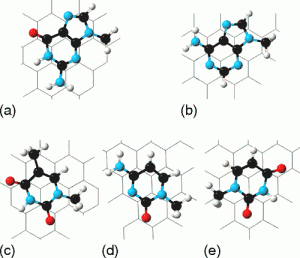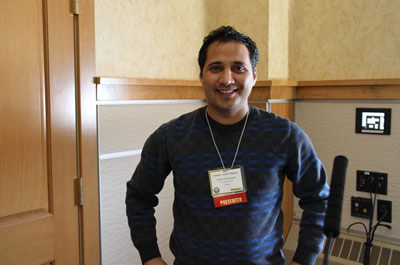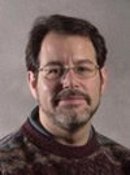 The 2007 research paper entitled “Physisorption of nucleobases on graphene: Density-functional calculations” has been cited 124 times. The work is from Phys. Rev. B 76, 033401 – published 2 July 2007, by S. Gowtham, Ralph H. Scheicher, Rajeev Ahuja, Ravindra Pandey, and Shashi P. Karna.
The 2007 research paper entitled “Physisorption of nucleobases on graphene: Density-functional calculations” has been cited 124 times. The work is from Phys. Rev. B 76, 033401 – published 2 July 2007, by S. Gowtham, Ralph H. Scheicher, Rajeev Ahuja, Ravindra Pandey, and Shashi P. Karna.
DOI: http://dx.doi.org/10.1103/PhysRevB.76.033401
The research concerns first-principles investigation on the relative interaction strengths of the nucleobases with a graphene sheet. The study relates to how the base sequence of DNA can affect its interaction with carbon nanotubes, as observed experimentally.










